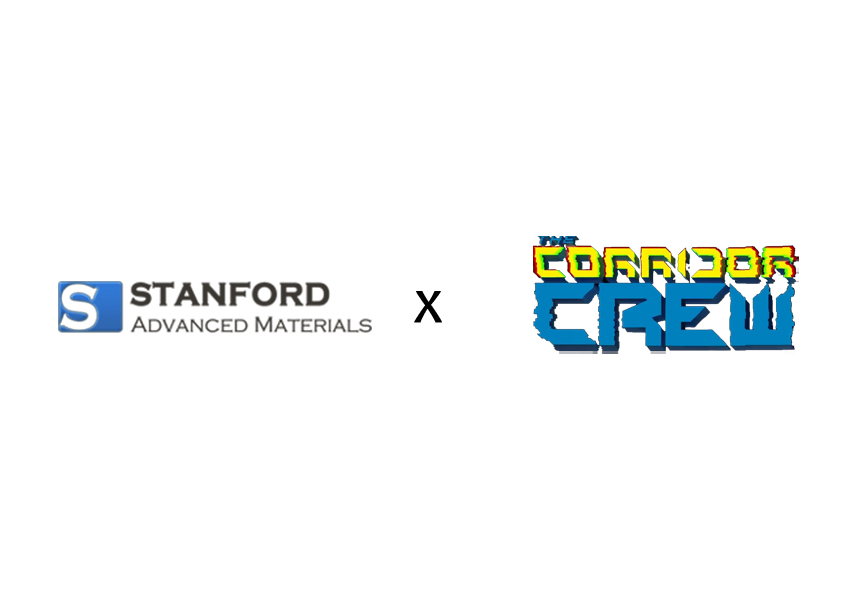How to Share Our Link: A Step-by-Step Guide
Thank you for considering sharing a link to Stanford Advanced Materials on your website, blog, or publication. Our partnership is incredibly valuable to us, and we've made the process of linking back to our site straightforward and flexible, whether you're a novice or seasoned in handling HTML code. Follow this guide to seamlessly integrate our link or logo into your platform.
Easy Integration for Everyone
You don't need to be a tech expert to share our link. Simply copy the provided text or logo code and paste it into your homepage's code file. This method ensures that visitors to your site can easily discover and click through to Stanford Advanced Materials.
Text Link
- If you prefer a simple text link to introduce us as your partner, use the following HTML code. This will display a brief introduction and a clickable link to our site.
<div style="width: 900px; height: 80px;">
<h2>Our partner:</h2>
<a href="https://www.samaterials.com/" title="Stanford Advanced Materials">
Stanford Advanced Materials provides machined products made from pure metals, alloys, compounds, and polymers.
</a>
</div>
- If you'd like to mention our brand, Stanford Advanced Materials, in one of your blogs or articles, use the following HTML code. This will create a text link in your content that directs readers to our website, allowing them to learn more about our offerings:
<a href="https://www.samaterials.com/" title="Learn more about Stanford Advanced Materials">Stanford Advanced Materials</a>
Logo Link
- For a more visual representation, incorporate our logo alongside the partnership mention using the code below. This will display our logo as a clickable link that leads directly to our website.
<div style="width: 250px; height: 100px;">
<h2>our partner:</h2>
<a href="https://www.samaterials.com/" title="Stanford Advanced Materials">
<img src="https://7cad390533514c32acc8-75d23ce06fcfaf780446d85d50c33f7b.ssl.cf6.rackcdn.com/sc/1697167131-normal-SAM-logo.png" alt="Stanford Advanced Materials" width="241" height="40" />
</a>
</div>
For the HTML Savvy
If you're comfortable working with HTML, feel free to customize the placement and appearance of our link or logo on your site. The key requirements are:
- The link must be clickable and direct visitors to our website.
- Ensure the link is a "dofollow" link to contribute to our site's visibility.
Finalizing Your Share
Once you've added our link or logo to your site, you've completed your part of the promotion! This small act of partnership is greatly appreciated and plays a crucial role in our mutual growth and success. After successfully sharing our link on your website, blog, or publication, please proceed to this page to claim your FREE $500 material or enjoy up to a 20% discount on our products.
If you encounter any difficulties or have questions about the process, don't hesitate to reach out for assistance. We're here to help ensure that your experience is as smooth and beneficial as possible.



